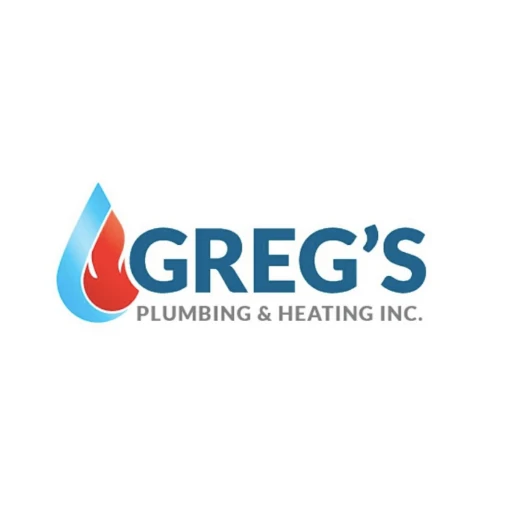As winter fades and spring arrives, now is the perfect time to give your plumbing system the attention it deserves. Seasonal maintenance not only helps extend the life of your plumbing but also prevents expensive repairs down the road.
Here’s your spring plumbing checklist— 7 essential tasks every homeowner should tackle to keep their system flowing smoothly.

1. Inspect for Leaks Indoors and Outdoors
Cold weather can cause pipes to crack or joints to loosen. Check under sinks, around toilets, in basements, and around outdoor faucets for any signs of leaks. Even a small drip can lead to big water bills and potential water damage.
Tip: Look for wet spots, mildew smells, or warped cabinetry around fixtures.
2. Test Your Sump Pump
Spring rains and melting snow can put your sump pump to work. Ensure it’s functioning properly before you need it.
- Pour water into the sump pit to test activation
- Make sure the pump removes the water and shuts off correctly
- Clean the pit and remove debris
If it fails any of these steps, schedule a repair ASAP.
3. Clear Out Gutters and Downspouts
Gutters clogged with debris can lead to water pooling near your foundation—bad news for your plumbing and your home.
- Clean leaves, sticks, and sediment
- Check that downspouts direct water away from your home
Preventing water buildup helps reduce the risk of foundation leaks and basement flooding.
4. Flush Your Water Heater
Sediment can accumulate in your water heater, reducing efficiency and shortening its lifespan. Flushing it in the spring helps keep your hot water reliable.
- Turn off the power or gas supply
- Connect a hose to the drain valve
- Empty a few gallons or flush fully (as recommended by your unit)
Bonus: Check the temperature setting—120°F is safe and energy efficient.
5. Check Outdoor Hose Bibs and Faucets
Outdoor faucets often suffer winter damage. Turn them on and look for:
- Weak water pressure (which could mean a burst pipe inside)
- Leaks around the connection point
- Cracked fixtures or fittings
- Replace damaged parts to avoid water waste or hidden flooding.
6. Look for Slow Drains or Gurgling Sounds
Slow drains and odd noises can indicate a developing clog or sewer line issue. Don’t wait until it’s an emergency.
- Run water in all sinks, tubs, and showers
- Listen for gurgles, bubbling, or water backing up
- If something seems off, get a professional drain cleaning
7. wATCH FOR Tree Roots Near Sewer Lines
As trees begin to wake up in spring, so do their roots—and they naturally seek out moisture. Mature trees planted near your home’s sewer lines or drain pipes can cause major issues if roots infiltrate the system.
- Look out for signs like slow drains, gurgling toilets, or recurring clogs.
- If your home is older or you have large trees nearby, a camera inspection can help detect root intrusion before it turns into a costly backup.
Tip: Avoid planting trees near your sewer lines, or choose species with less aggressive root systems.
Ready to Spring Into Action?
Preventative maintenance can save you hundreds—if not thousands—of dollars in plumbing repairs. At Greg’s Plumbing & Heating Inc., we help homeowners across Hamilton and Niagara keep their plumbing in top shape, season after season.
Book your spring inspection today and stay ahead of the leaks, clogs, and costly surprises.
Call us at (905) 928-6831 or book online.
